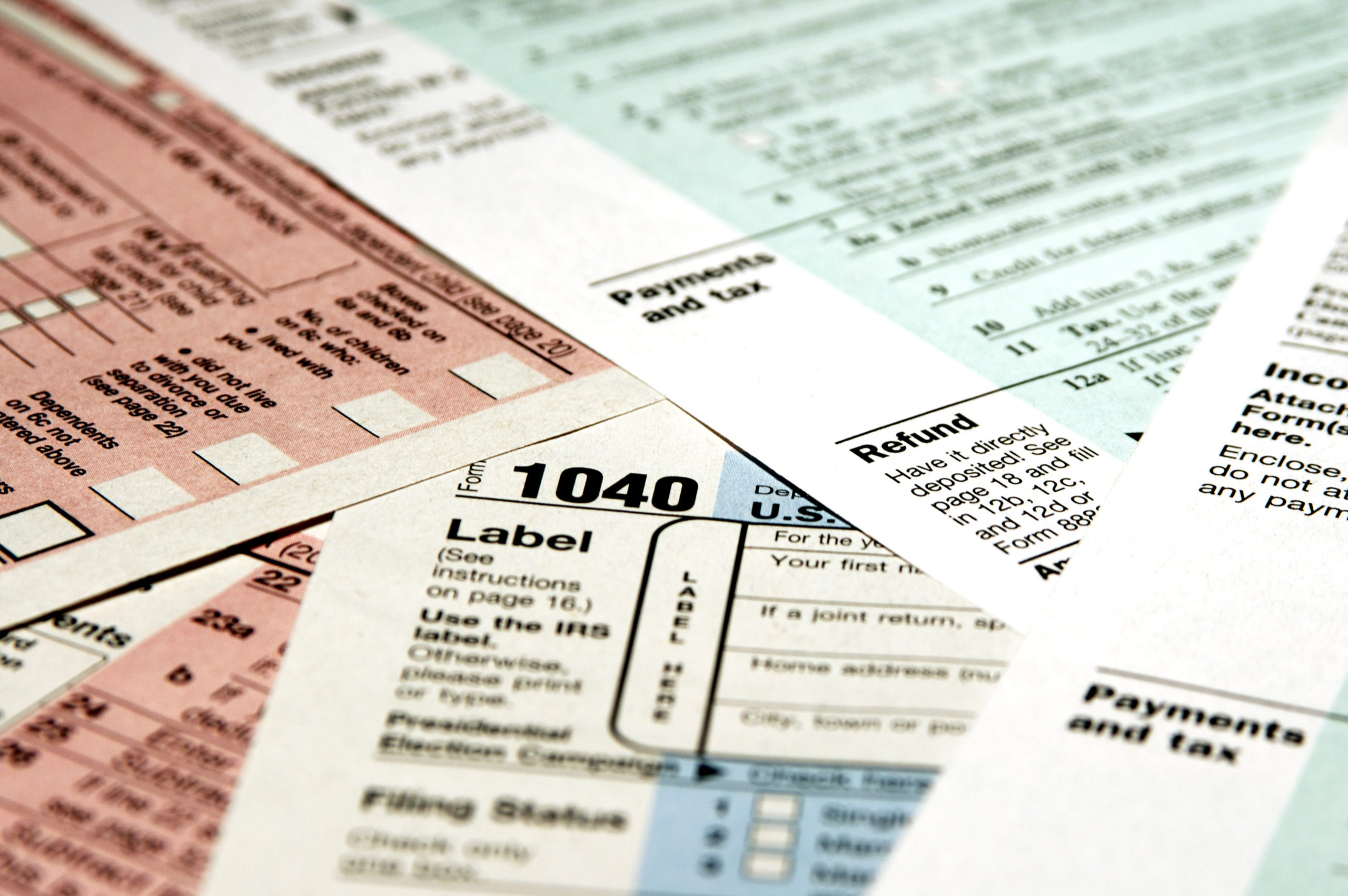
Last week, Chris Edwards, a budget policy analyst at the Cato Institute, and Ilana Blumsack, his research associate, issued an extensive report in which they graded the fiscal policy records of forty-six of America’s fifty governors. Why only forty-six? The authors explain that the governors of New York, Rhode Island, and Virginia had not been in office long enough to establish a record and that Alaska’s governor was excluded because of “peculiarities in that state’s budget.” When I read analyses of taxes and spending by governments in the United States, I expect mainly bad news. To be sure, there’s much of that in their report, but there’s also a large amount of good news.
We often hear that there’s not much difference between the policies of Republicans and Democrats. But Edwards and Blumsack show that, at the state level, there are huge differences between the top Republicans and the bottom Democrats. Specifically, the five governors who earn an A for their tax cutting and budget restraint are Republicans: Kim Reynolds of Iowa, Chris Sununu of New Hampshire, Pete Ricketts of Nebraska, Brad Little of Idaho, and Doug Ducey of Arizona. The eight governors who earn an F are Democrats: Tim Walz of Minnesota, Tom Wolf of Pennsylvania, J. B. Pritzker of Illinois, Gretchen Whitmer of Michigan, Phil Murphy of New Jersey, Kate Brown of Oregon, Gavin Newsom of California, and Jay Inslee of Washington. These aren’t just opinions; the authors go into great detail about the governors’ accomplishments or lack of same.
This is from David R. Henderson, “Good News on State Taxes,” Defining Ideas, October 20, 2022.
Also notice my discussion of the flypaper effect.
Read the whole thing.

Comments are closed.